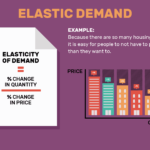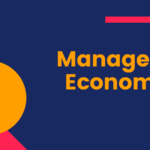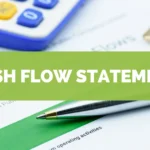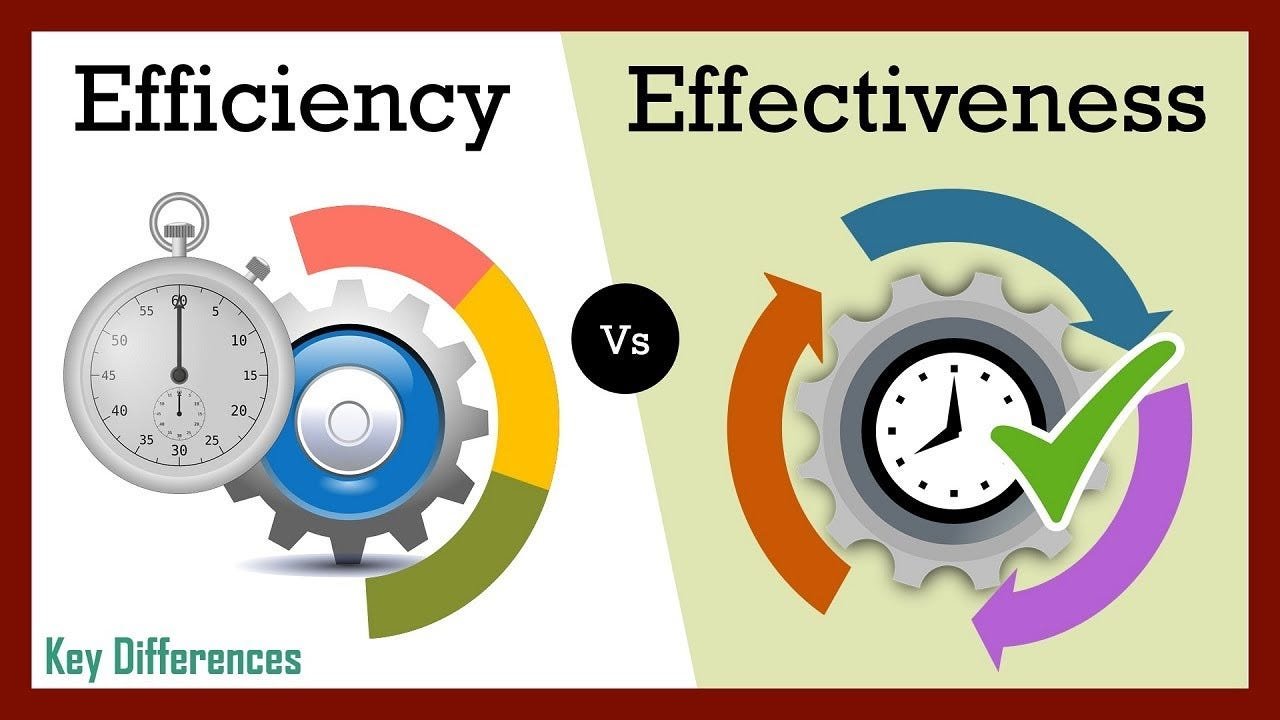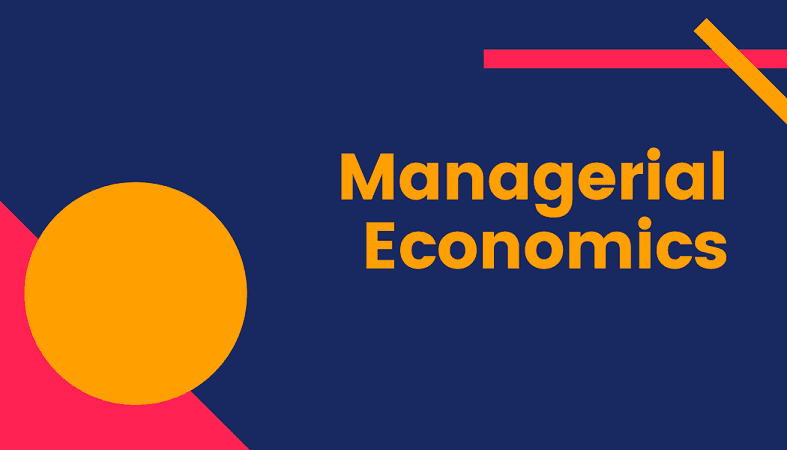Understanding the Difference Between Effective and Efficient
In both personal and professional contexts, the terms “effective” and “efficient” are often used to describe how well tasks or processes are carried out. While they are sometimes used interchangeably, they represent distinct concepts with important implications for achieving goals and optimizing performance. Understanding the difference between being effective and being efficient can help you improve your productivity, decision-making, and overall success. This article explores the key differences between effectiveness and efficiency, illustrating their significance with practical examples.
Definitions and Core Concepts:
- Effectiveness
Definition: Effectiveness refers to the degree to which something achieves its intended outcome or goal. It is about doing the right things to achieve the desired results.
Core Characteristics:
- Goal-Oriented: Effectiveness focuses on the end result. It measures how well a task or process meets its objectives or solves a problem.
- Outcome-Based: Success is evaluated based on whether the intended goals or outcomes are achieved, regardless of the resources or time used.
- Purposeful Action: Effective actions are those that align with the overall goals and strategic objectives.
- Efficiency
Definition: Efficiency refers to the ability to accomplish a task with the minimum amount of resources, time, or effort. It is about doing things in the most economical way to achieve a given outcome.
Core Characteristics:
- Resource-Oriented: Efficiency emphasizes the optimal use of resources, such as time, money, and energy, to achieve the desired results.
- Process-Based: Success is measured by how well resources are utilized and how little waste or redundancy occurs in achieving the outcome.
- Operational Excellence: Efficient actions focus on improving processes and minimizing resource consumption while maintaining quality.
Key Differences:
- Focus
- Effectiveness: The primary focus is on achieving the desired outcome or objective. It answers the question, “Are we doing the right things?”
- Efficiency: The primary focus is on the resource utilization in the process of achieving the outcome. It answers the question, “Are we doing things in the right way?”
- Measurement
- Effectiveness: Effectiveness is measured by the success in achieving goals or solving problems. For example, a marketing campaign is effective if it successfully increases brand awareness or sales, regardless of the cost.
- Efficiency: Efficiency is measured by the ratio of input to output. For example, a manufacturing process is efficient if it produces the maximum number of products with the least amount of materials and time.
- Outcome vs. Process
- Effectiveness: Concerned with the final result or impact. It ensures that the right goals are set and achieved, focusing on the “what” and “why.”
- Efficiency: Concerned with the process and the resources used. It aims to improve productivity and reduce waste, focusing on the “how” and “when.”
- Examples in Practice
- Effective: An educational program is effective if it successfully improves students’ learning outcomes and academic performance, regardless of the number of classes or resources used.
- Efficient: An educational program is efficient if it delivers the same level of learning improvement using fewer resources, such as reduced teaching hours or lower costs, while maintaining the same quality.
Balancing Effectiveness and Efficiency:
Achieving a balance between effectiveness and efficiency is crucial for optimal performance. Striving for effectiveness without considering efficiency can lead to achieving goals at a high cost or with excessive effort. Conversely, focusing solely on efficiency may result in achieving goals but not meeting the intended outcomes or needs.
Strategies for Balancing Both:
- Set Clear Goals: Clearly define what needs to be achieved (effectiveness) and identify the resources available (efficiency). Ensure that goals align with both desired outcomes and resource constraints.
- Optimize Processes: Continuously review and improve processes to enhance efficiency while ensuring that the processes contribute effectively to achieving the desired goals.
- Measure and Analyze: Regularly measure both effectiveness and efficiency using appropriate metrics. Analyze performance to identify areas where adjustments are needed to balance both aspects.
- Implement Best Practices: Adopt best practices that enhance both effectiveness and efficiency. This may involve using technology, training, and process improvements to achieve better results with fewer resources.
Conclusion:
Understanding the difference between effectiveness and efficiency is essential for achieving success in various endeavors. While effectiveness focuses on achieving the desired outcome, efficiency emphasizes the optimal use of resources. Striking a balance between these two concepts allows individuals and organizations to reach their goals while minimizing waste and maximizing productivity. By setting clear objectives, optimizing processes, and measuring performance, you can enhance both effectiveness and efficiency, leading to more successful and sustainable outcomes.


